In modern architecture, maximizing natural light has become crucial for energy efficiency and occupant well-being. Translucent roofing panels offer an innovative way to illuminate interior spaces while significantly reducing dependence on artificial lighting. These panels are widely used in factories, greenhouses, carports, and commercial buildings. This comprehensive guide explores various types including PET panels, their advantages, ideal applications, compatible sealants, and expected lifespan to help you make an informed decision.
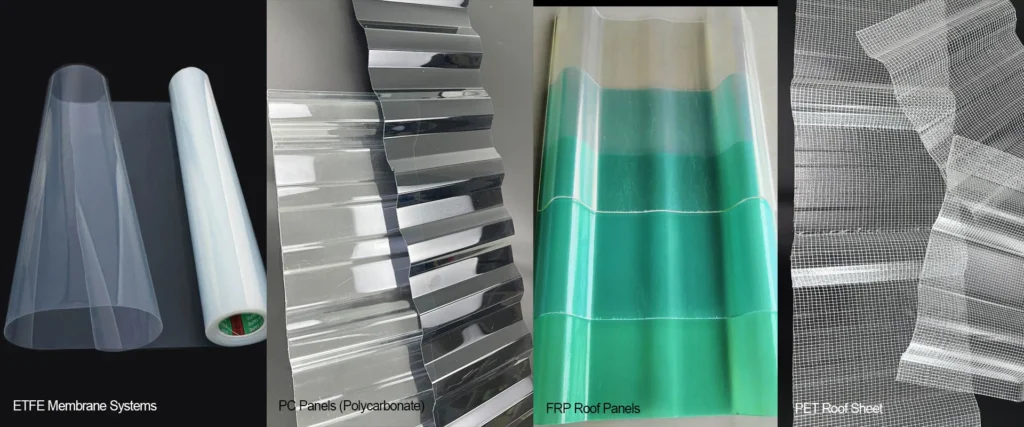
1. Types of Translucent Roofing Panels: Features & Comparisons
(1) FRP Panels (Fiberglass Reinforced Polyester)
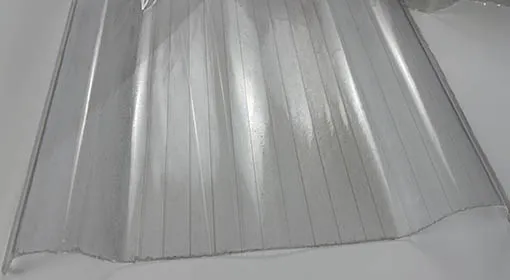
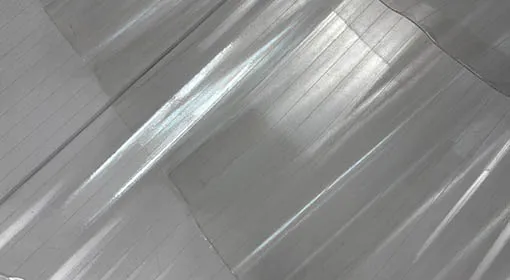
✅ Advantages:
- 85-90% light transmission with excellent diffusion
- Lightweight (1/4 weight of glass) yet impact-resistant
- UV-stabilized for 10-15 year lifespan
- Cost-effective solution
❌ Limitations:
- May develop slight yellowing over time
- Surface requires periodic cleaning
Best Applications: Warehouse skylights, agricultural buildings, industrial sheds
(2) PC Roof Panels (Polycarbonate)
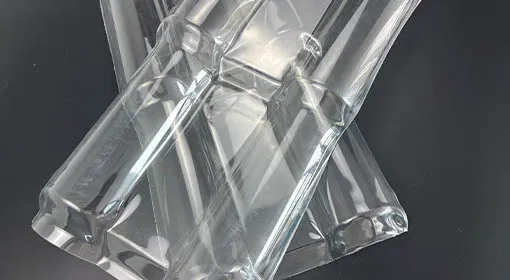
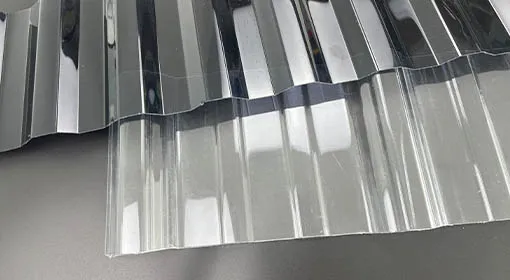
✅ Advantages:
- 80-88% light transmission with optional prismatic finishes
- Exceptional impact resistance (virtually unbreakable)
- Wide temperature tolerance (-40°C to 120°C)
- 15-25 year lifespan with UV coating
❌ Limitations:
- Higher initial investment
- Requires protective coating
Premium Uses: Stadium roofs, atriums, hurricane-resistant structures
(3) PET Roof Panels (Polyethylene Terephthalate)
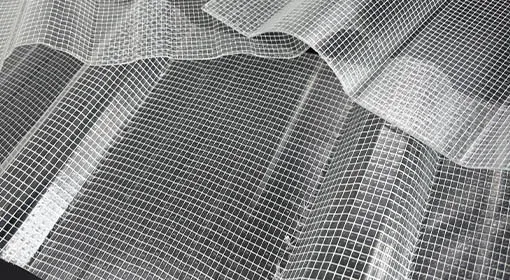
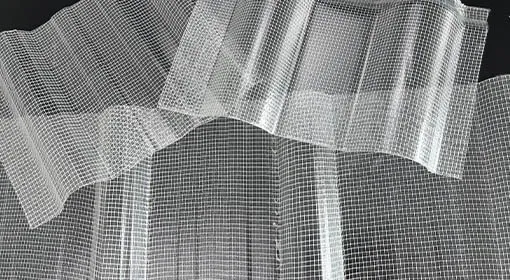
✅ Advantages:
- 85% light transmission with crystal clarity
- 100% recyclable and eco-friendly
- Excellent chemical resistance
- Naturally UV-resistant (12-18 year lifespan)
- Lightest weight option
❌ Limitations:
- Lower heat resistance vs PC (max 70°C)
- Newer technology with fewer suppliers
Emerging Applications: Sustainable buildings, retail spaces, solar applications
(4) PVC Roof Panels
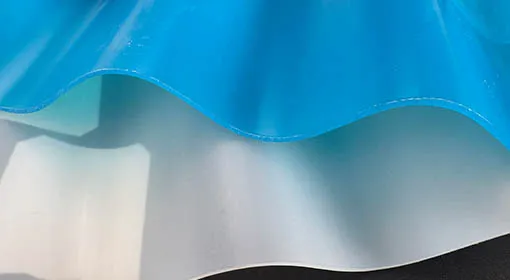
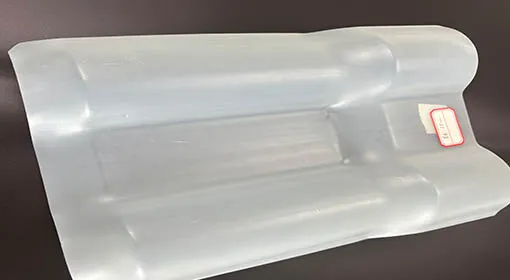
✅ Advantages:
- Most economical option
- 70-80% light transmission
- Good chemical resistance
❌ Limitations:
- 5-8 year lifespan in outdoor applications
- Becomes brittle in cold climates
Budget Uses: Temporary structures, short-term installations
(5) ETFE Membrane Systems
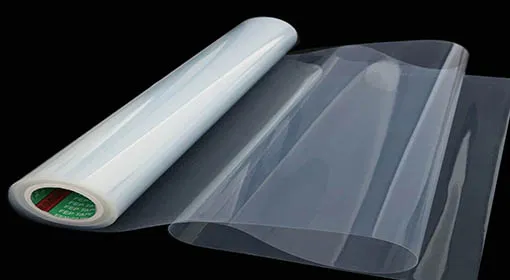
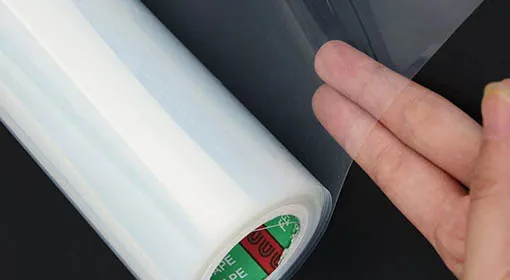
✅ Advantages:
- 95% light transmission (highest available)
- Extremely durable (25-30 year lifespan)
- Self-cleaning properties
❌ Limitations:
- Highest cost option
- Requires specialized installation
Premium Applications: Architectural landmarks, large-span structures
2. Why Choose Translucent Roofing? Key Benefits
- Energy Savings: Reduce lighting costs by 60-80% during daylight hours
- Enhanced Environment: Natural light boosts productivity and well-being
- Thermal Efficiency: Some panels provide insulation benefits
- Design Flexibility: Available in various profiles (corrugated, multiwall, flat)
- Sustainability: Several options are fully recyclable
3. Professional Installation Guide
Sealant Recommendations
| Panel Type | Recommended Sealant | Key Properties |
|---|---|---|
| FRP | High-modulus silicone | UV-resistant, flexible |
| PC | Polyurethane-based | Structural strength |
| PET | MS Polymer | Chemical-resistant |
| PVC | PVC-specific adhesive | Fast-curing |
| ETFE | Fluoropolymer-based | High clarity |
Critical Installation Tips
- Allow 5-10mm expansion gap per meter for thermal movement
- Use compatible fasteners with rubber washers
- Install with 5-10° minimum slope for water runoff
- Clean surfaces with isopropyl alcohol before sealing
- Consider anti-condensation layers for humid environments
4. Maintenance & Longevity
Expected Lifespans:
- PET: 12-18 years
- FRP: 10-15 years
- PC: 15-25 years
- PVC: 5-8 years
- ETFE: 25-30+ years
Maintenance Schedule:
- Annual: Inspect sealants and fasteners
- Biannual: Gentle cleaning with mild detergent
- As needed: Remove debris accumulation
5. Frequently Asked Questions
Q: Can translucent panels reduce heat gain?
A: Yes, special low-emissivity coatings can block up to 70% solar heat.
Q: Are these panels suitable for solar integration?
A: Absolutely, especially PET and PC panels work well with solar applications.
Q: Which is most eco-friendly?
A: PET panels are 100% recyclable, followed by ETFE.
Q: Fire resistance ratings?
A: PC panels typically achieve Class B1, others generally Class B2.
6. Making the Right Choice
Selection Criteria:
- Budget: PVC → FRP → PET → PC → ETFE (low to high)
- Durability Needs: Consider local weather extremes
- Light Quality: Diffused vs. direct transmission
- Sustainability Goals: Recyclability and embodied energy
- Structural Requirements: Weight and span capabilities
Trend Alert: PET panels are gaining popularity for their perfect balance of clarity, durability and environmental benefits, especially in green building projects.
Conclusion
Translucent roofing panels present a smart convergence of energy efficiency, architectural beauty, and functional performance. Whether you choose the eco-conscious PET, economical FRP, ultra-durable PC, or high-tech ETFE, proper selection and installation will deliver decades of natural illumination.
For most applications, we recommend:
- Best Overall: Polycarbonate
- Best Value: FRP
- Most Sustainable: PET
- Premium Solution: ETFE
Consult with roofing specialists to optimize your daylighting strategy for maximum benefits. The future of building design is bright – and naturally lit!


